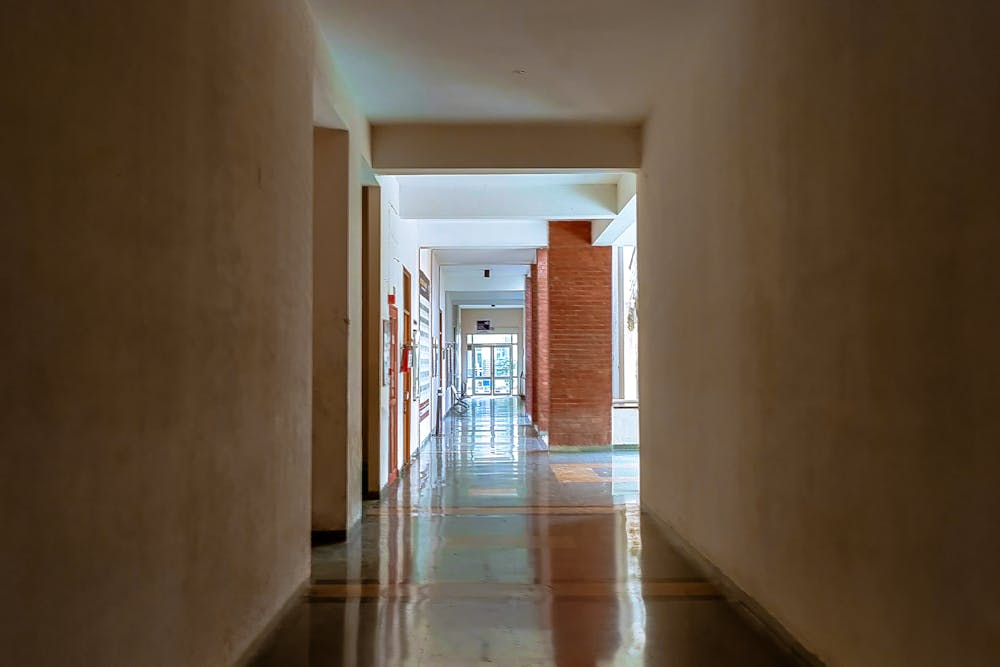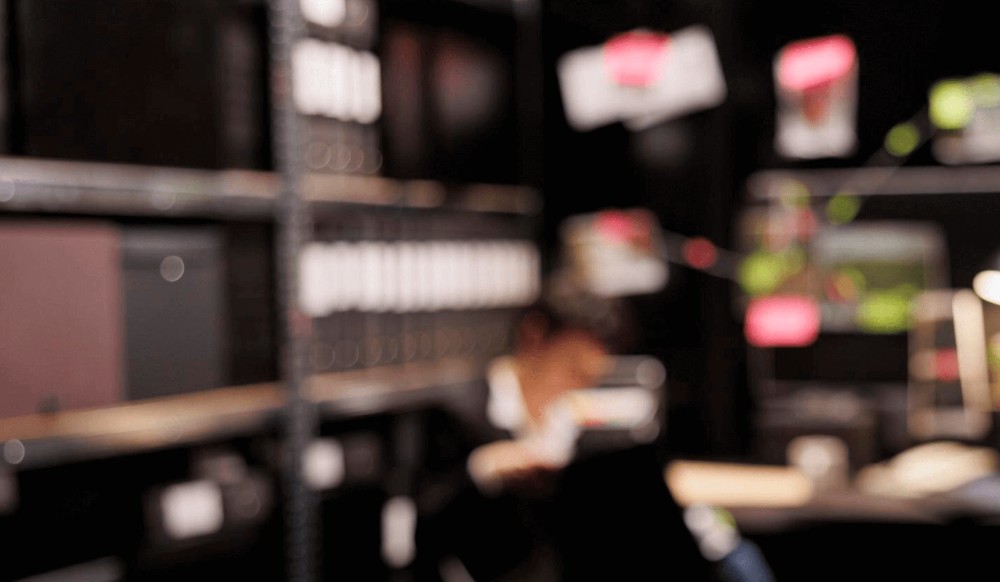In Surrey, British Columbia, a new parent-led initiative is bringing long-needed visibility to a silent crisis in public education: classroom evacuations when a student experiences distress. The Surrey District Parents Advisory Council (DPAC), in partnership with the Surrey Teachers’ Association and CUPE 728, has launched a tool to track these classroom clearings, documenting how often they occur and why.
The initiative arises from a simple but urgent reality. Many students with complex needs attend school without an education assistant. Teachers, already stretched thin, are left to manage crises alone. The absence of support endangers the student in distress and ripples through the entire classroom, leaving peers frightened and learning disrupted.
The new reporting tool aims to fill a glaring gap in provincial data. School boards currently lack precise information on how often classrooms are cleared, even though such incidents—marked by yelling, crying, thrown objects, or overturned furniture—are familiar to educators. Formal tracking could shift these events from anecdote to accountability, compelling decision-makers to confront the consequences of chronic underfunding.
As a mother whose child was the impetus for many classroom clearings in kindergarten, I know this need for transparency intimately. My son experienced those years without adequate support, and the impact has echoed through his life ever since. Today, he lies in bed while his peers gather in classrooms, a living testament to what happens when the system treats harm as acceptable collateral.
The Surrey School District has stated that it does not collect data on classroom clearings and considers them rare, citing privacy concerns. Families and advocates, however, understand that invisibility protects systems, not children. The shared goal is clear: classrooms where disabled and non-disabled students alike can learn in safety, supported by adequate staffing and compassion.
For those following the provincial conversation about educational harm and austerity, Surrey’s initiative represents an act of collective truth-telling. When institutions refuse to count something, communities find ways to count it themselves.
Read the original CBC report by Michelle Gomez here.
-
BCEdAccess on Room Clear Tracker
The BCEdAccess post about the Surrey classroom-clear tracker is a dire and necessary warning.…
-
Counting crisis: data, distrust, and the false choice between safety and inclusion
Across British Columbia, the launch of Surrey DPAC’s Room Clear Tracker has ignited a…
-
Too afraid to see: why the BC government doesn’t track exclusion
Data is the scaffolding of democratic accountability. Without shared facts, policy becomes theatre and…
-
Controversy over Room Clear Tracker
When we first shared the launch of Surrey’s Room Clear Tracker, we saw it…










